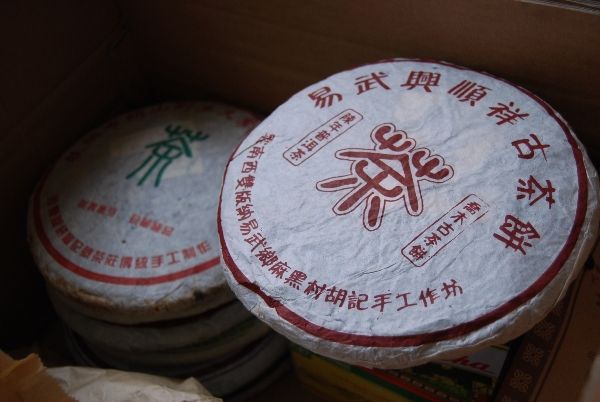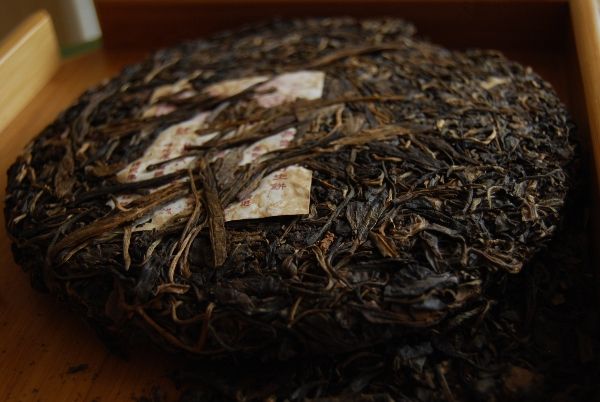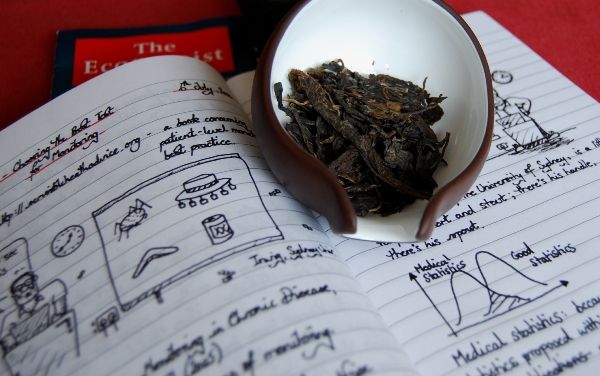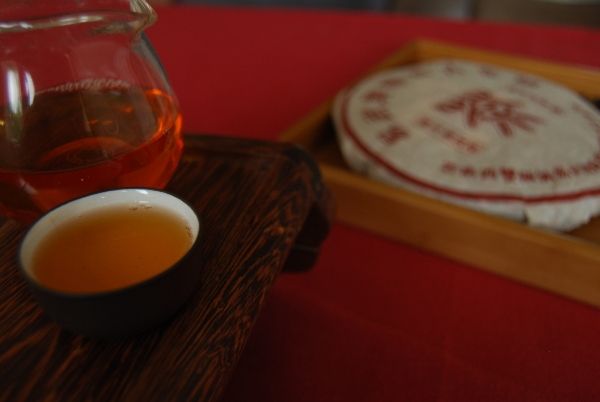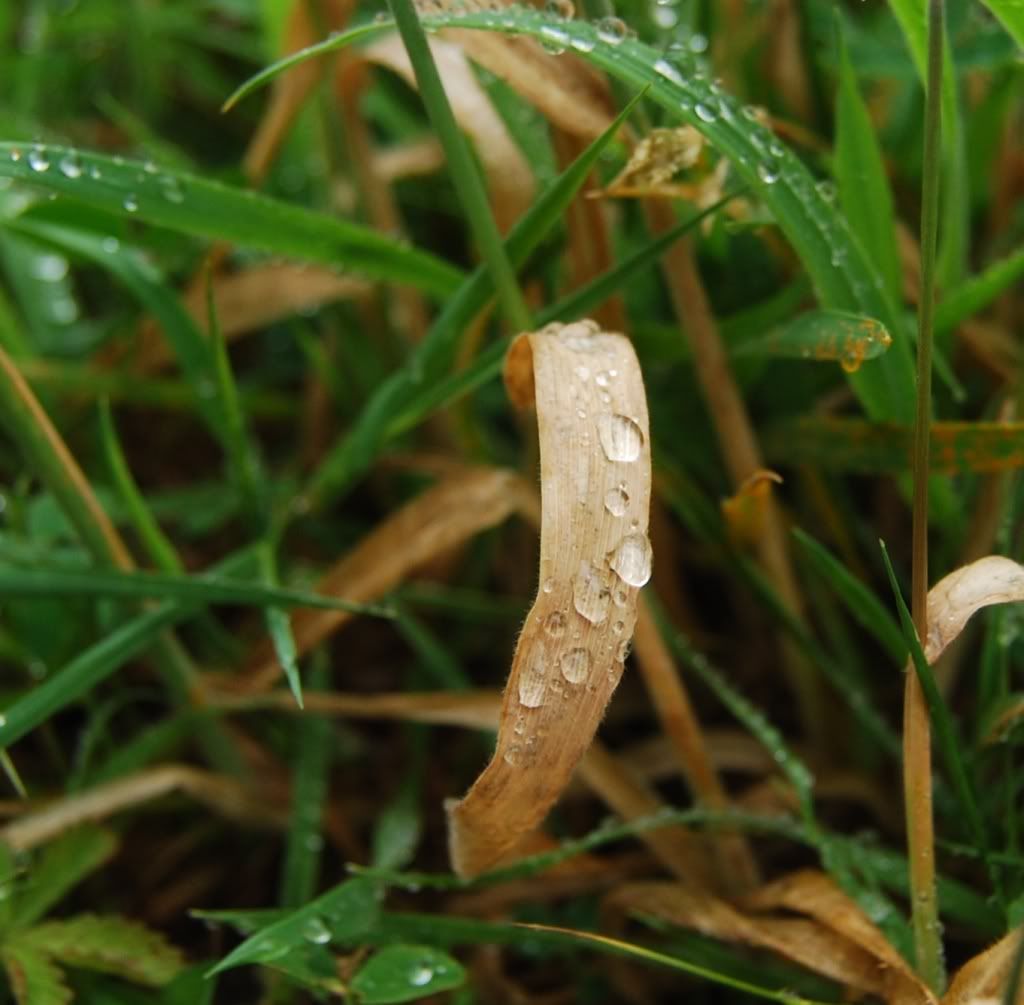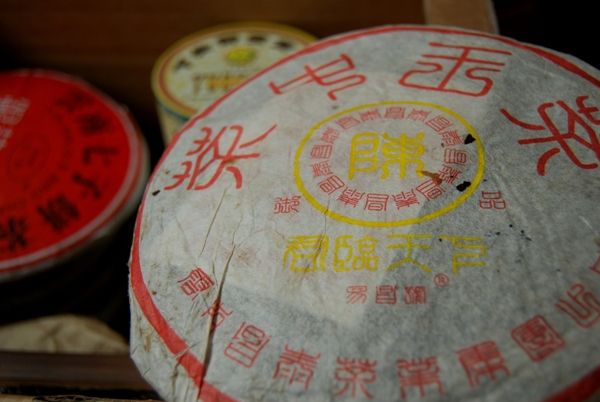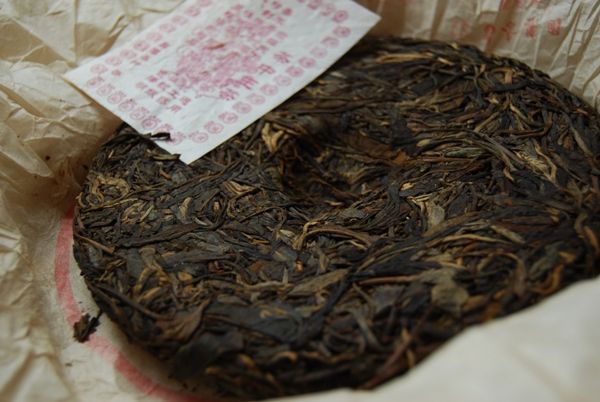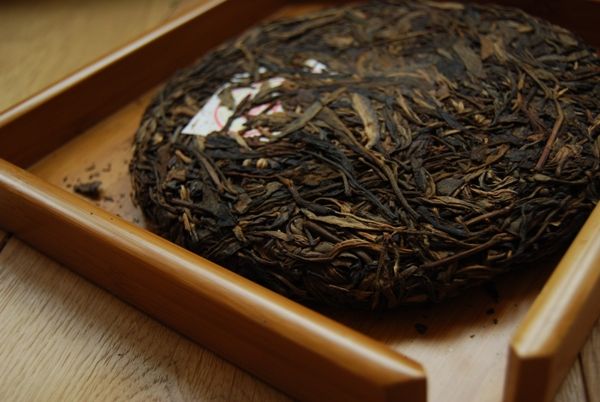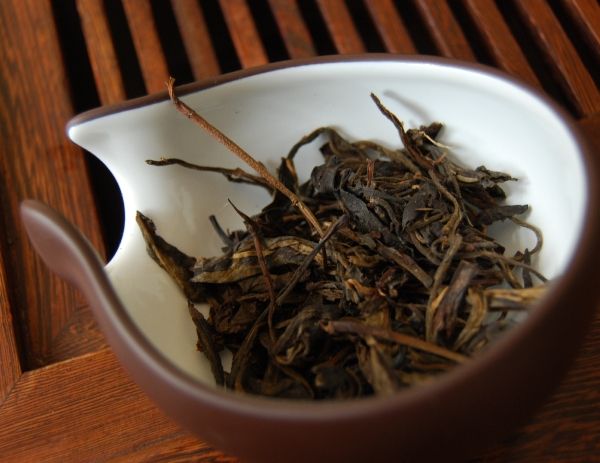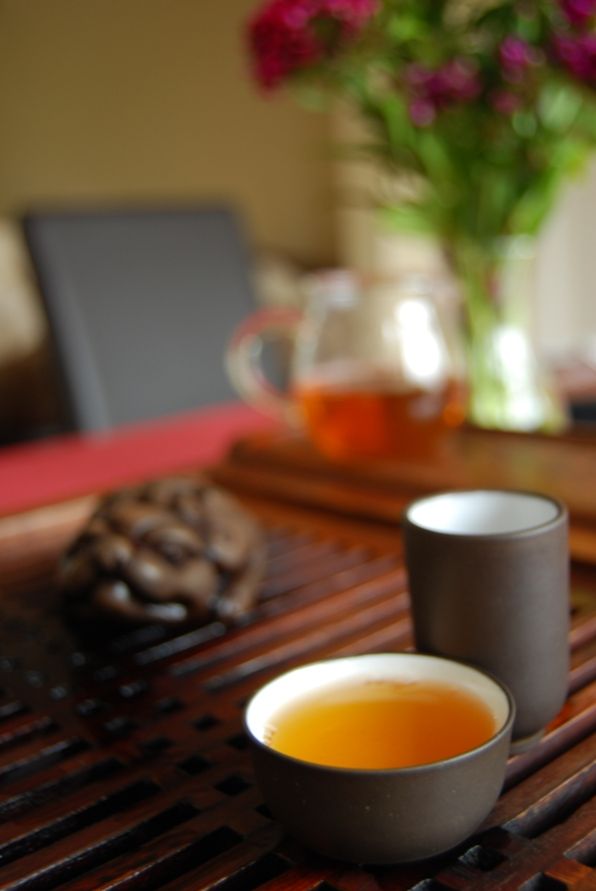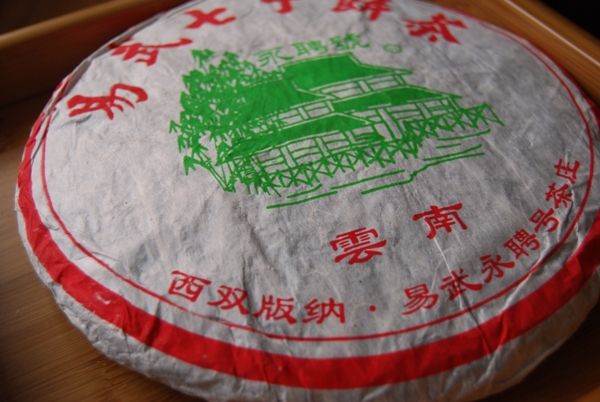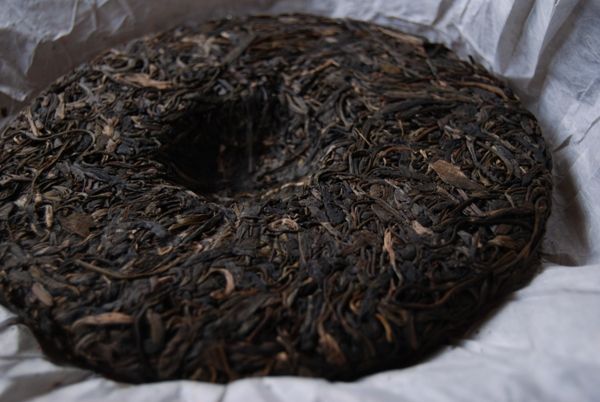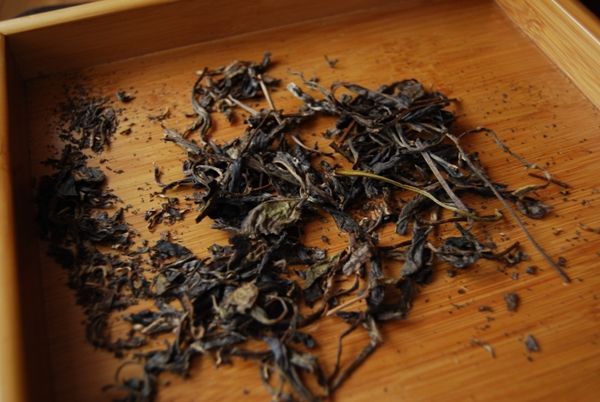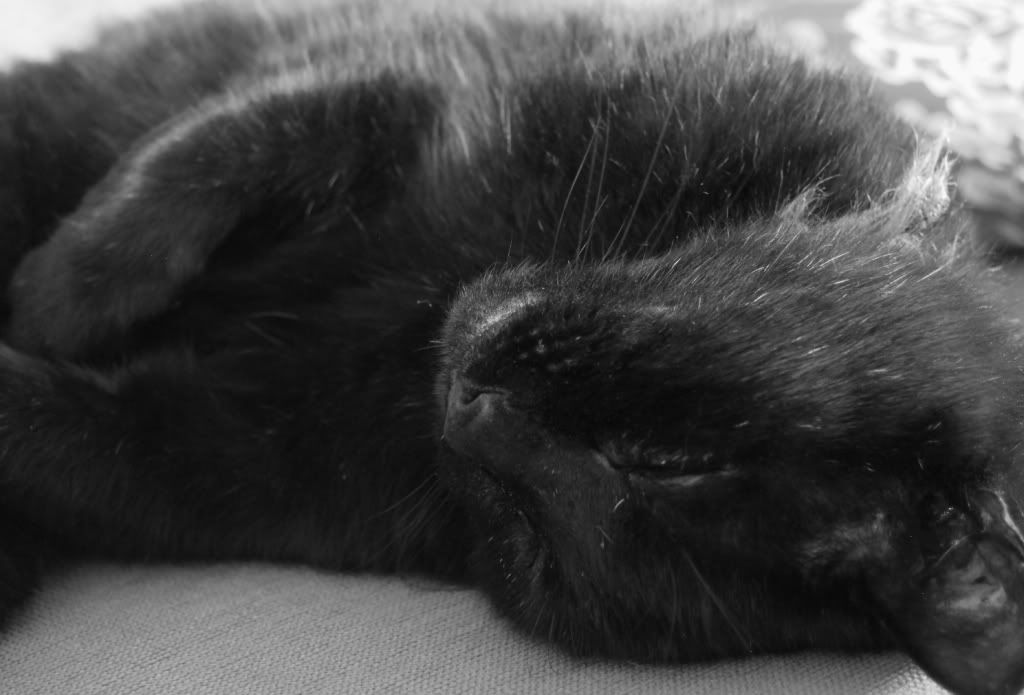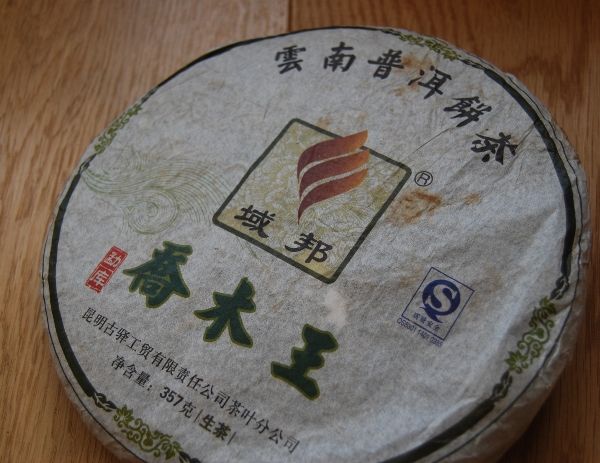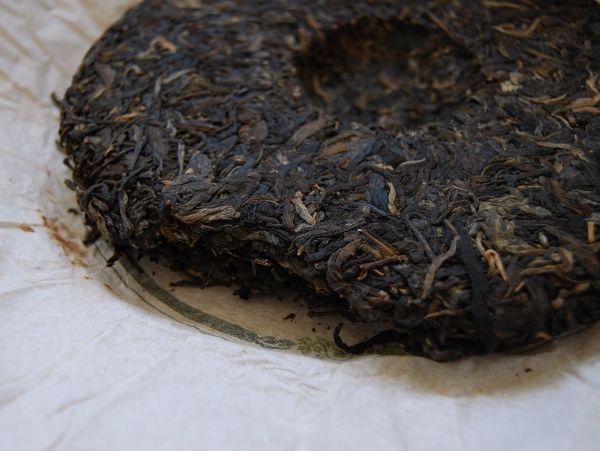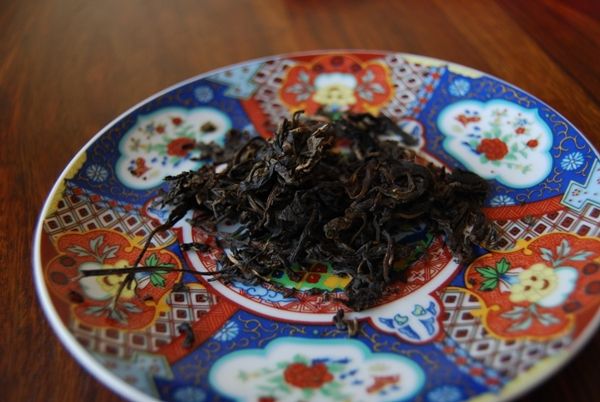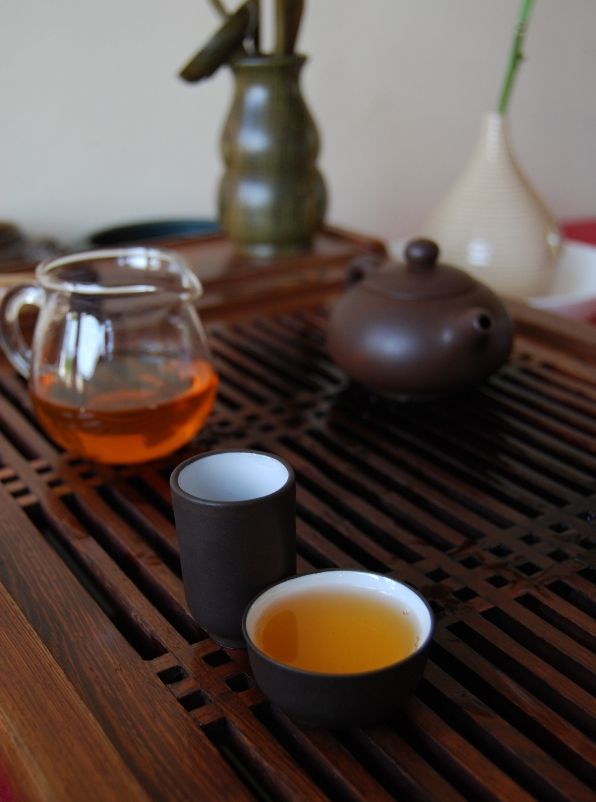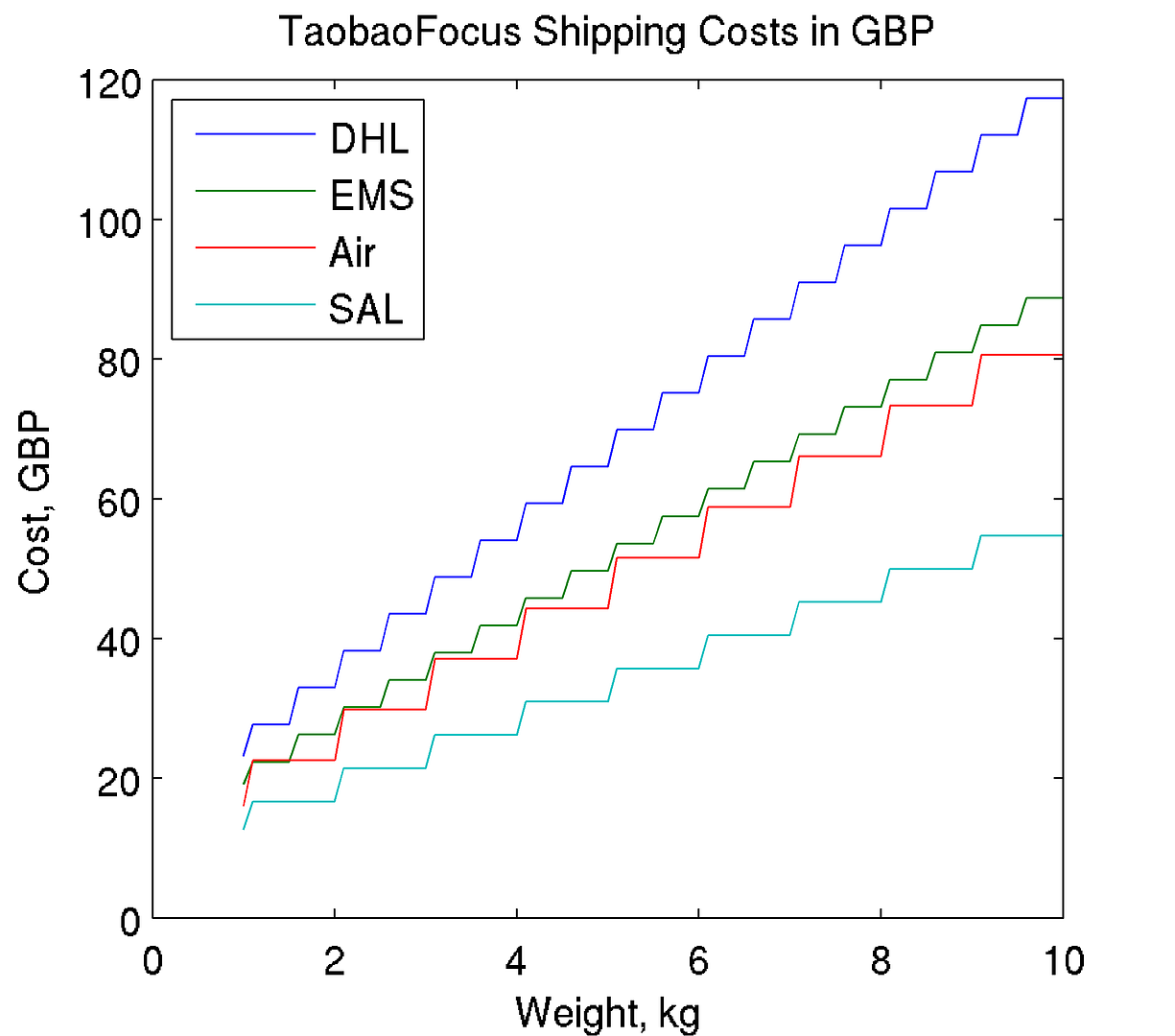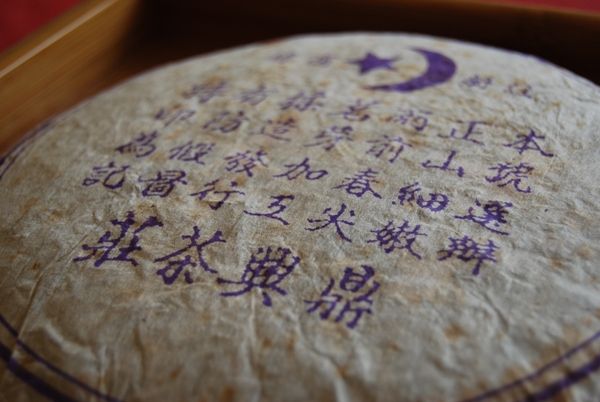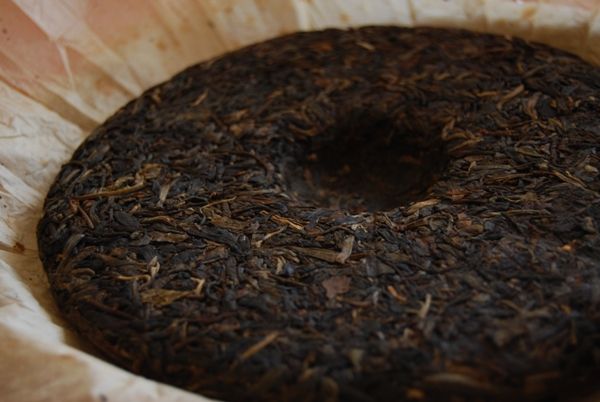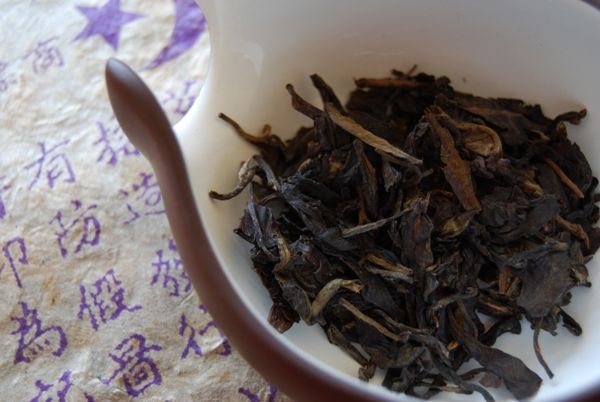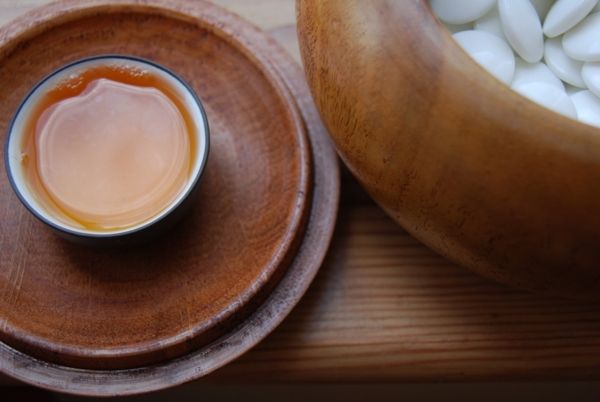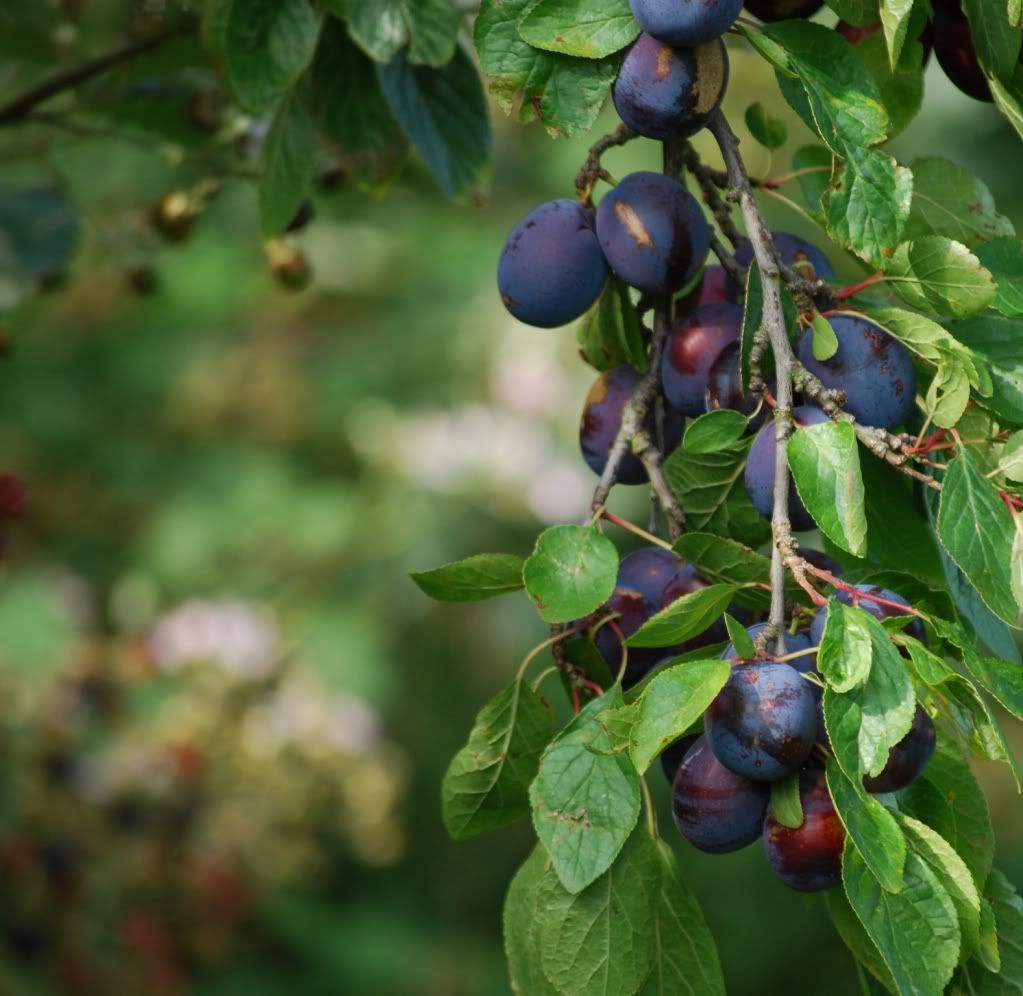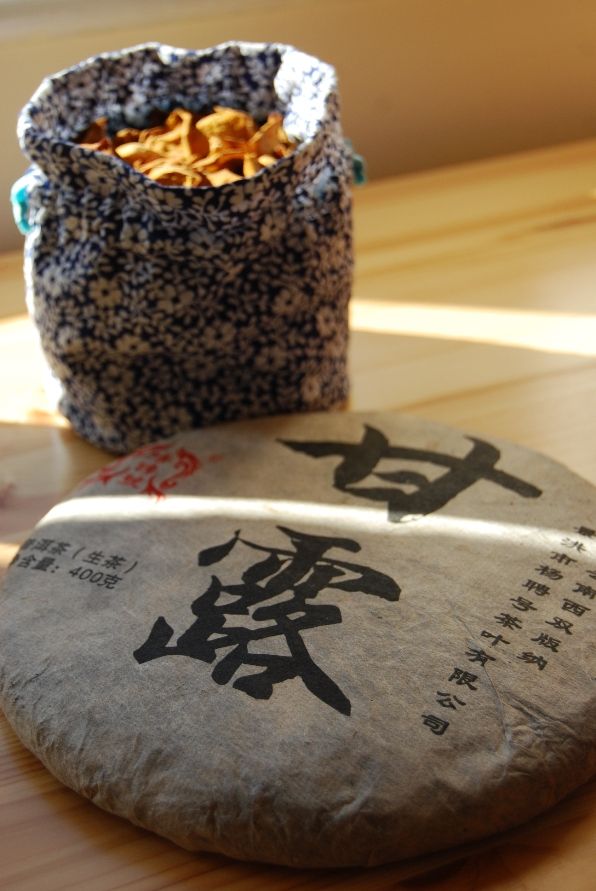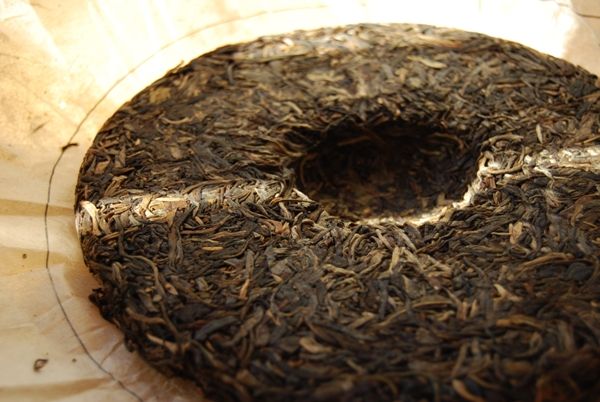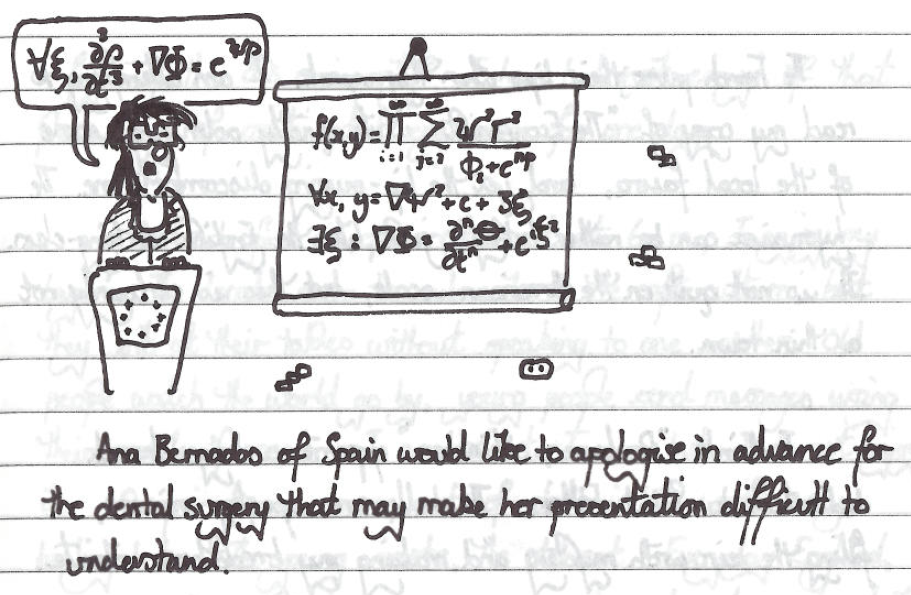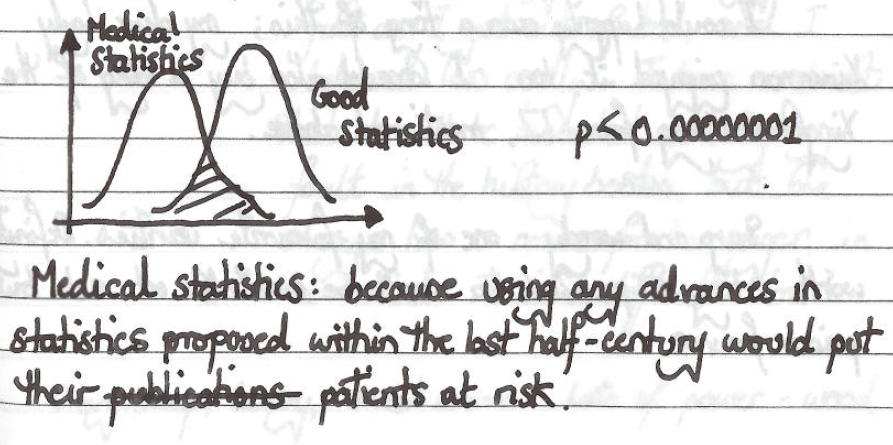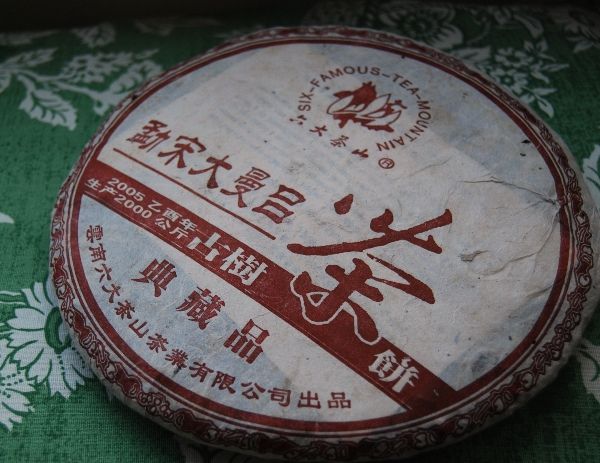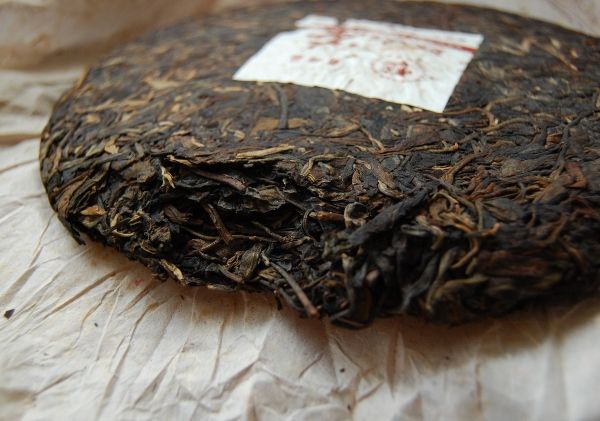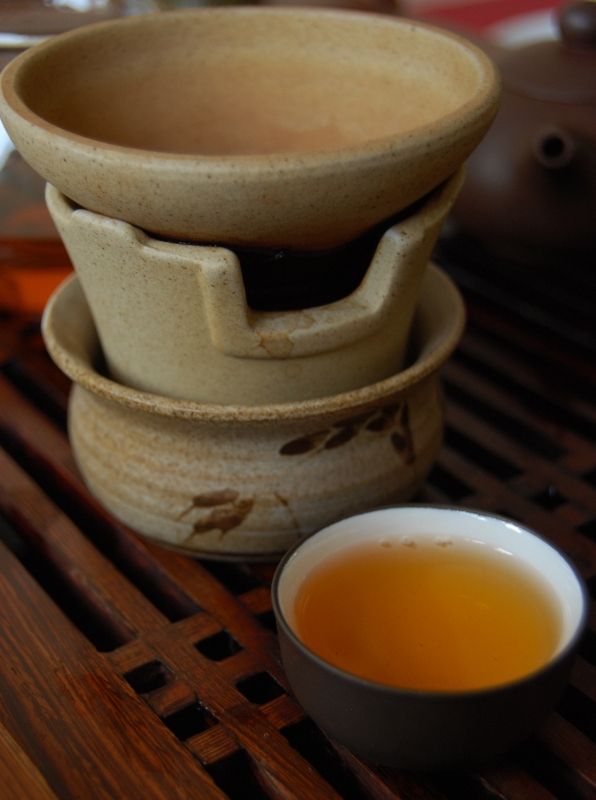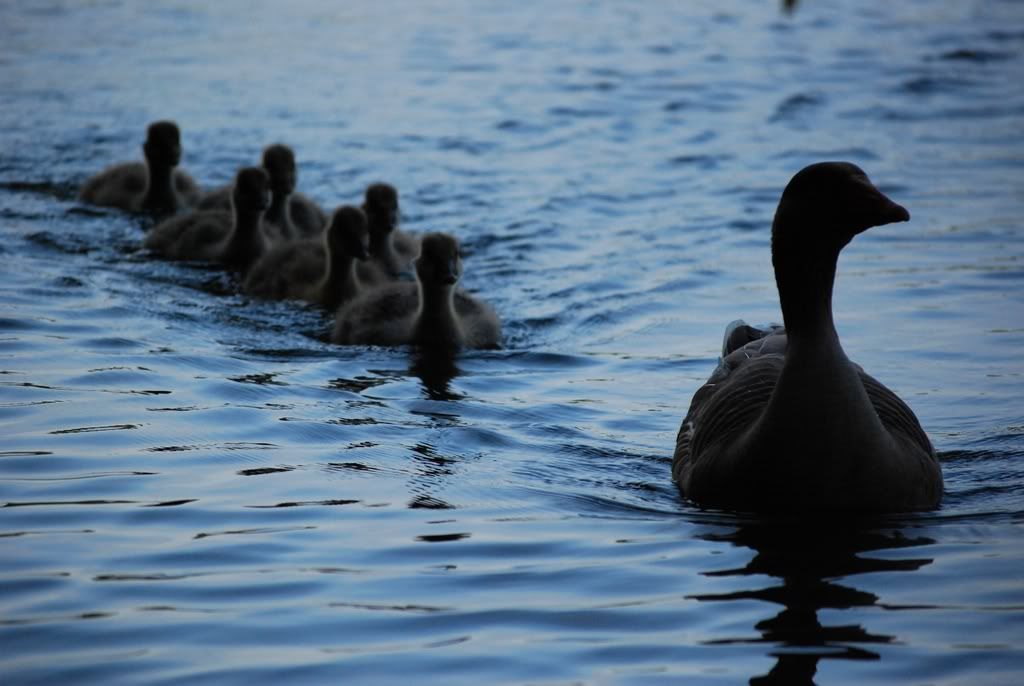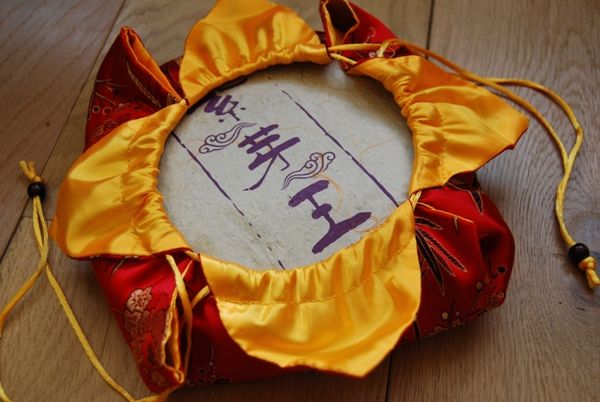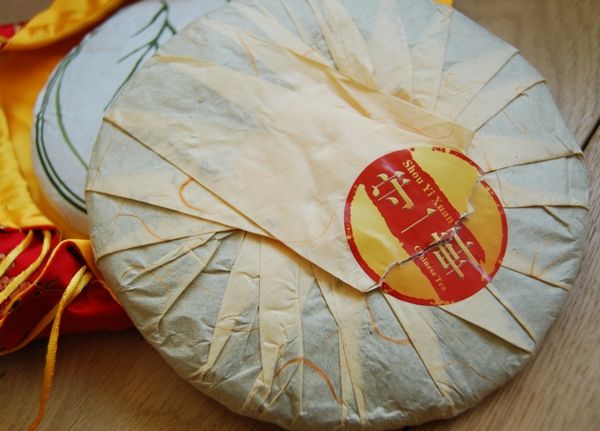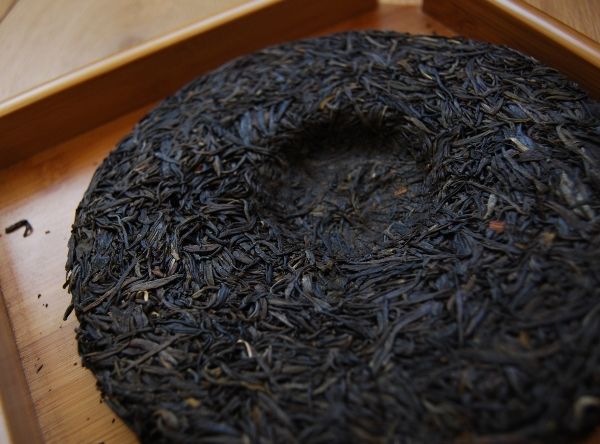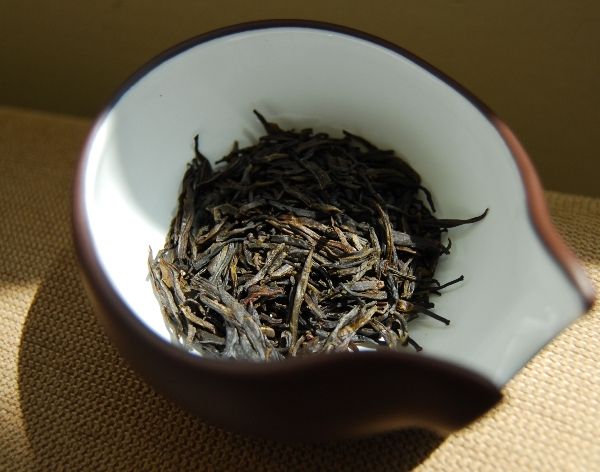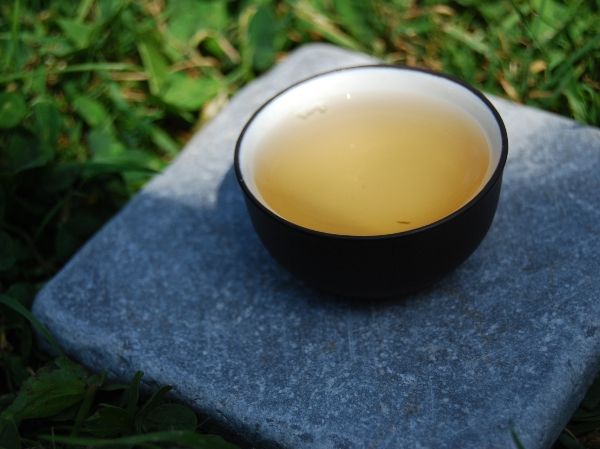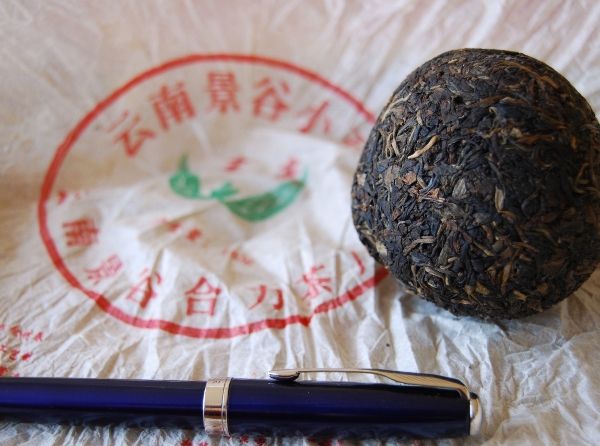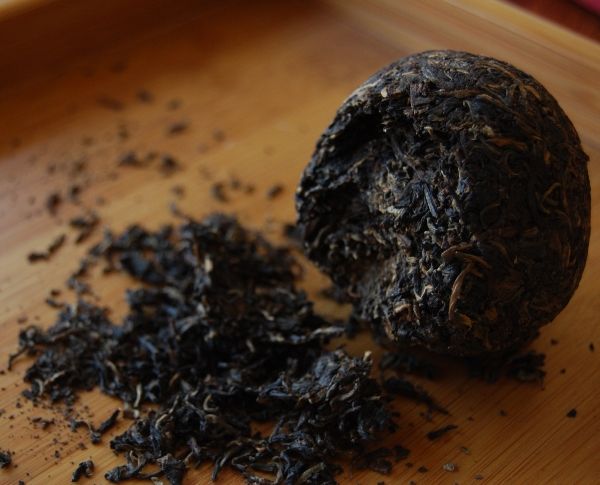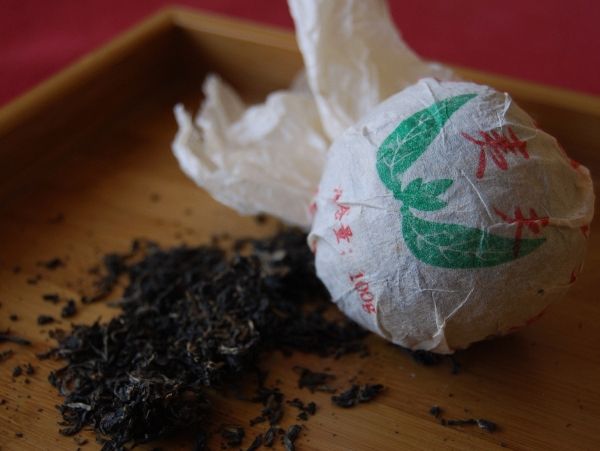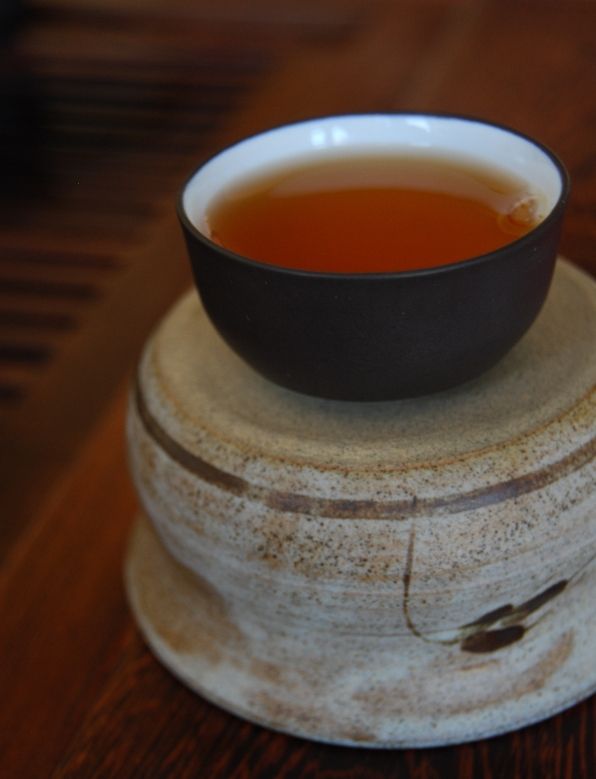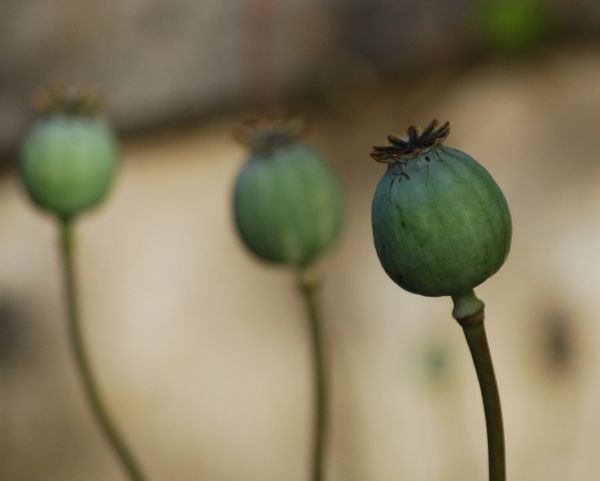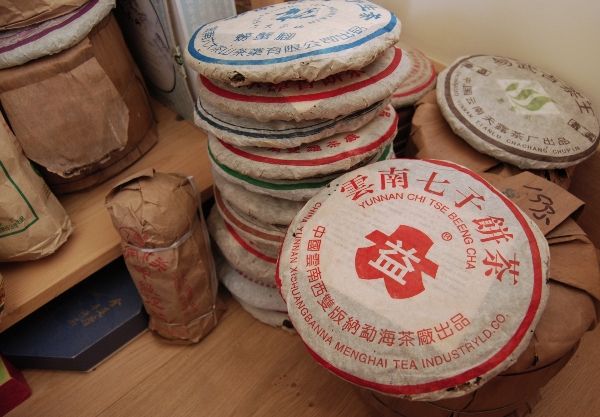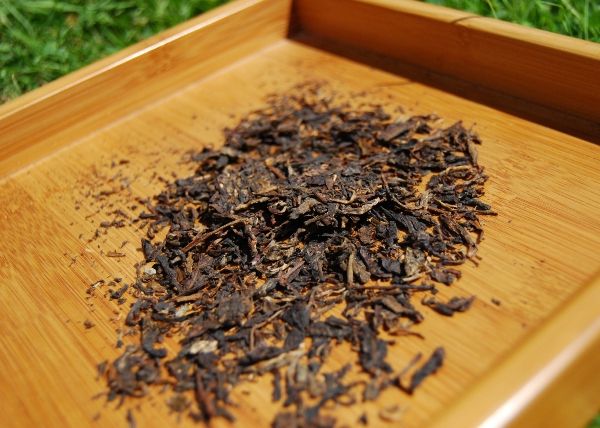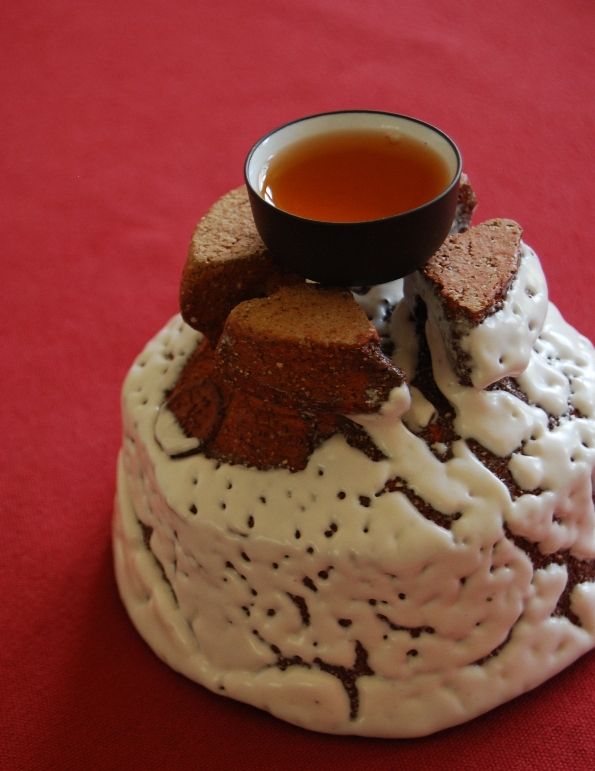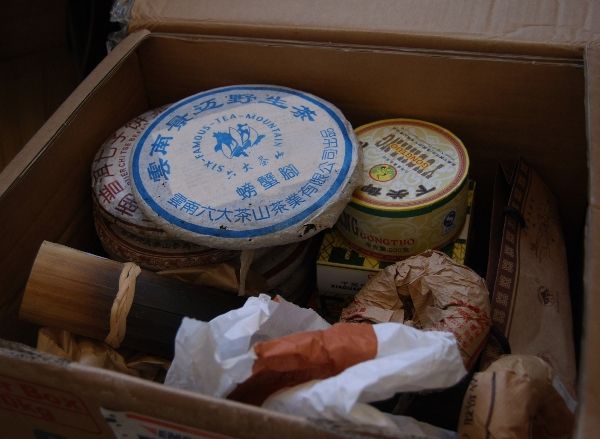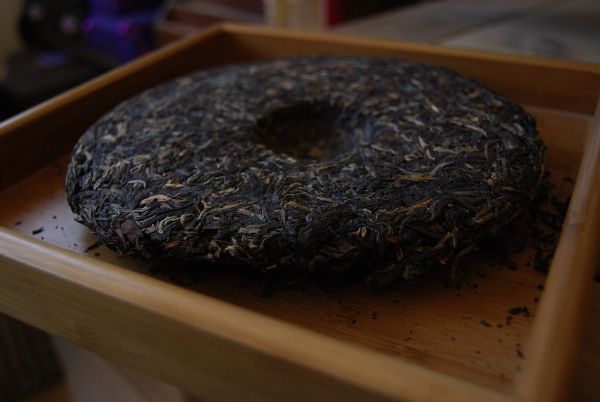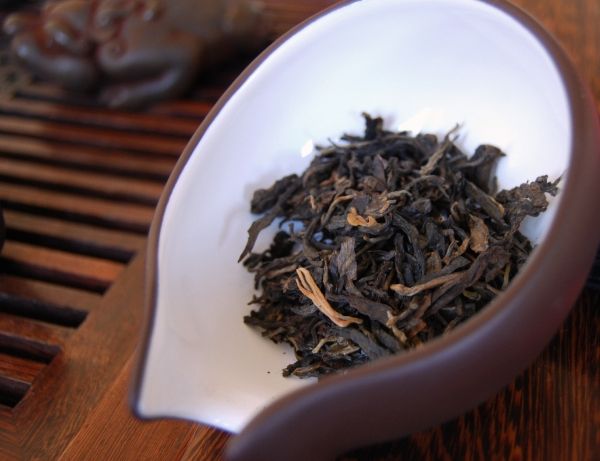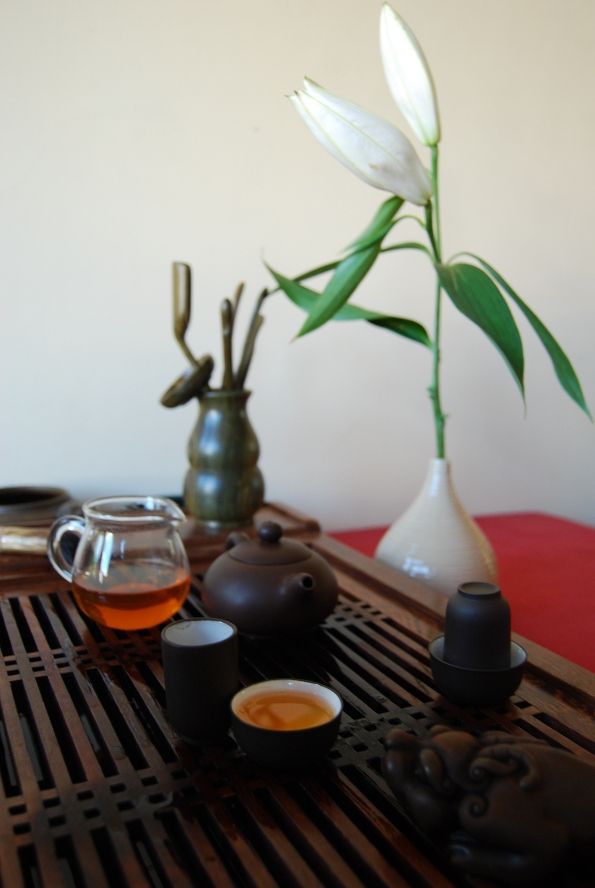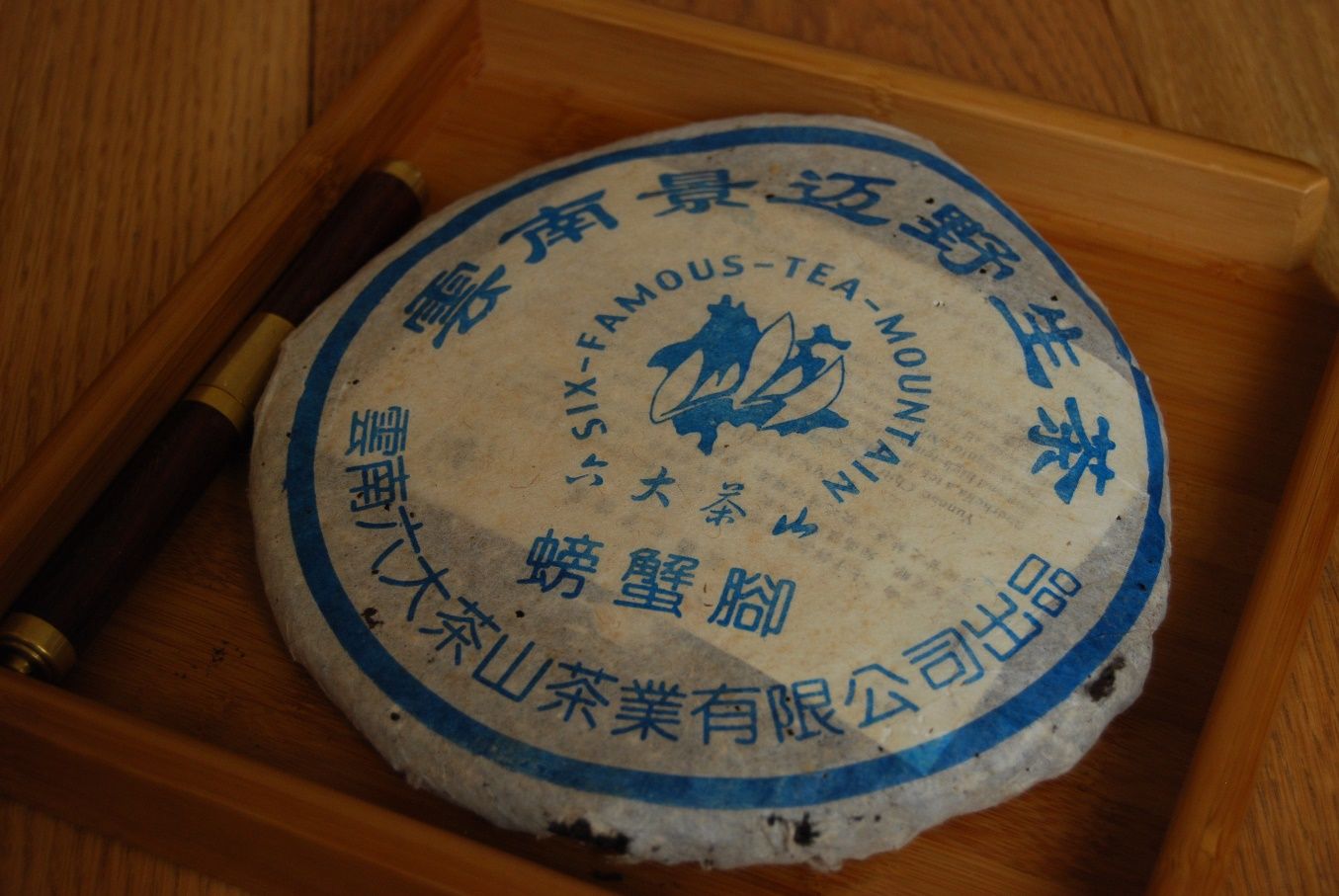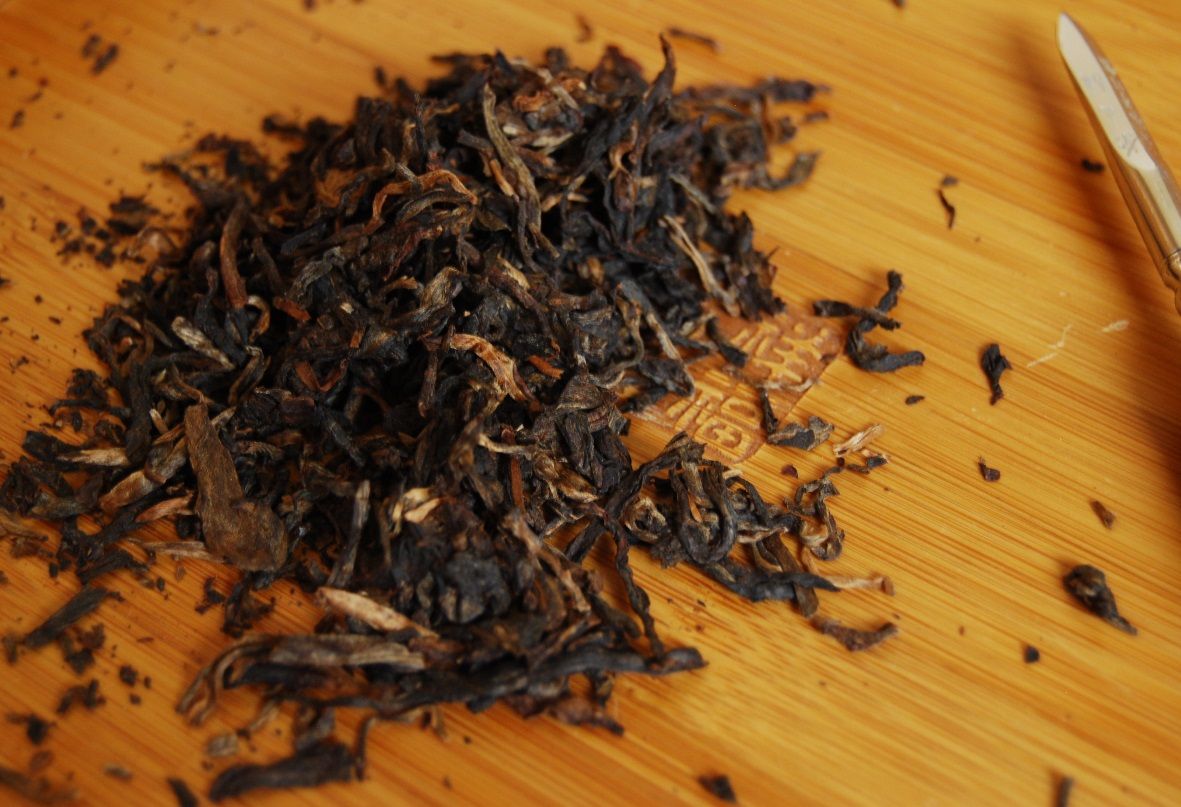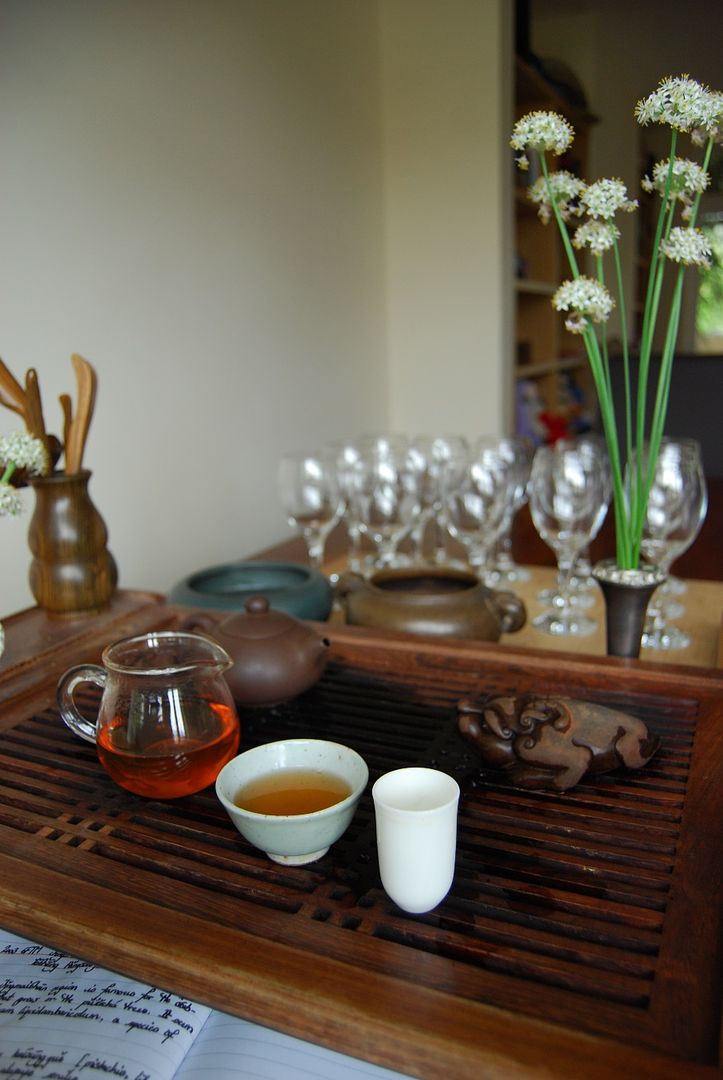Greetings, scholar-priests, sages, and warrior-poets. Today, I bring you further results from Taobao.
His Grace, the Duke of N recommended this particular cake to me, which came from 贡马旗舰店 (Gongma Qijian Dian) for a mighty 128 RMB ($18). This is a wonderfully low price for a six-year-old cake, is it not?
Regular readers may recall my ceaseless love of the equally carefree and whimsical 2006 Xingshunxiang "Yiwu", which trades for the paltry, piffling price of 70 RMB ($10). These are not expensive teas - and yet, they are mighty fine.
Taobao is the shopping mall of the Gods*, I'm convinced.
*N.B. Not all of those gods are beneficent dieties.
"Cha"
Like its younger sibling, this 2004 cake has lovely, large leaves (pictured below). They run throughout the entire cake, and include a mixture from tips to huangpian [yellow flakes], which makes for some potentially complex tea.
The compression is relaxed; the cake is louche, as if to say, "Meh - take my leaves."
Again like its younger relative, it is sweet, smooth, dark, and almost like molasses. Both Lei and I enjoy this session, in which the tea provides a pleasing, soothing sensation while being concurrently energising.
I do so thoroughly love sharp, woody teas, which contain both the joys of youth and some of the depth of maturity. There is a part of me that will be quite, quite sad were all my cakes to age past this sweet point. Hence, I must always maintain a supply of young cakes! Justification indeed.
Pre-2006 tea won't be around at a good price forever. This tea is a complete bargain, in my estimation, and I resolve to buy one tong of it. Xingshunxiang appear to be able to do no wrong in my eyes. Be warned, gentle Reader, that this isn't an earth-shattering tea... but it is entirely charming, and wonderfully priced.
Let us not doubt the munificence of the gods of Taobao on this occasion.

